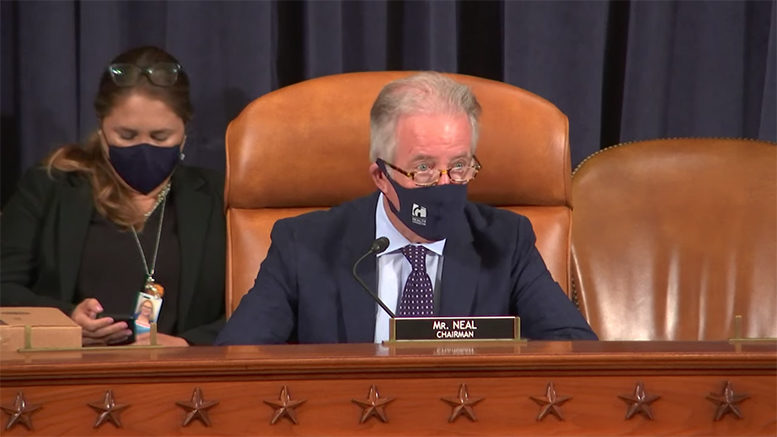- House Ways and Means passes its legislation for reconciliation bill
- Poised for a bigger role in workforce development
House Ways and Means passes its legislation for reconciliation bill
The House Ways and Means Committee on Wednesday capped nearly 40 hours of debate over four days with the passage of its fiscal year 2022 budget reconciliation proposal.
The measure, approved by a vote of 24 to 19, includes several provisions that community college advocates had sought, including reviving the popular Adjustment Assistance for Community College and Career Training (TAACCCT) grant program and providing $9.1 billion over seven years for the program. It also would make permanent the Health Profession Opportunity Grant program, which serves low-income individuals enrolled in training programs to help them attain an entry-level healthcare job on a career path. The program would receive $425 million over four years.
Also, the bill would eliminate taxation of Pell grants and change the American Opportunity Tax Credit law, effectively allowing community college students to receive Pell grants as well as the $2,500 tax credit.
The House Budget Committee will now work to craft comprehensive legislation that includes budget-related measures passed by various committees, including the House Education and Labor Committee.
Poised for a bigger role in workforce development
Policymakers seeking to boost noncredit workforce education at community colleges need more information, especially better data on college enrollments and outcomes, according to a new Opportunity America report.
The report, which touts the importance of community colleges in workforce and economic development, particularly at a time of skilled worker shortages, also recommends developing better ties between credit and noncredit programs.
“What’s needed from policymakers: models, metrics and incentives to help educators create pathways for learners,” the report says.
Collecting data on crossover efforts, rewarding attainment of industry certifications recognized on both sides of the college, standardizing noncredit programs with a statewide common course numbering system and developing statewide articulation frameworks to guide decisions at the campus level are all tools that policymakers can use, it says.

